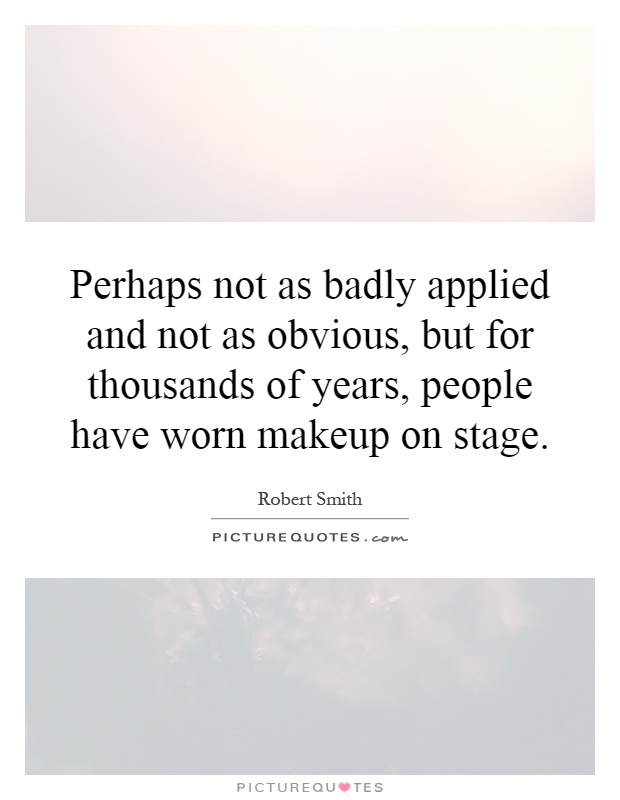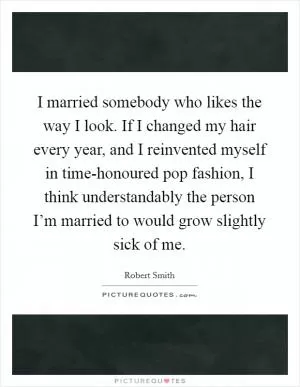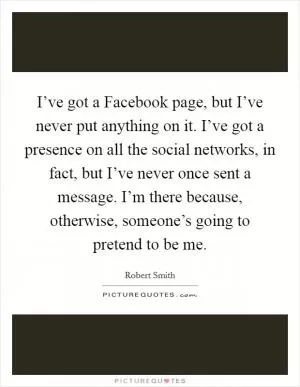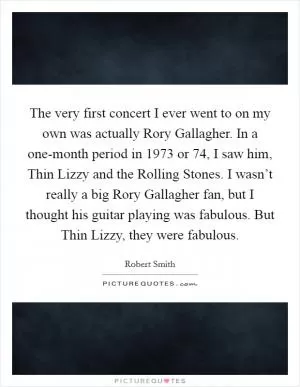Perhaps not as badly applied and not as obvious, but for thousands of years, people have worn makeup on stage

Perhaps not as badly applied and not as obvious, but for thousands of years, people have worn makeup on stage
Robert Smith, the iconic frontman of the legendary band The Cure, is known for his unique and striking appearance. With his signature jet-black hair, smeared lipstick, and heavily lined eyes, Smith's look is instantly recognizable and has become synonymous with the gothic rock scene of the 1980s and beyond. While some may view his makeup as a form of self-expression or artistic statement, others may see it as a form of theatricality or performance.The idea of wearing makeup on stage is nothing new. In fact, for thousands of years, people have been using makeup to enhance their appearance and create a certain persona when performing in front of an audience. From ancient Greek actors who used masks and makeup to portray different characters, to Elizabethan actors who painted their faces with white lead and vermilion to stand out on the stage, the use of makeup in theater has a long and storied history.
In the case of Robert Smith, his makeup serves as a visual representation of the dark and brooding themes present in The Cure's music. The heavy eyeliner and dark lipstick create a sense of mystery and intrigue, drawing the audience in and adding to the overall atmosphere of the performance. Smith's look has become so iconic that it has inspired countless imitators and has even been parodied in popular culture.
While some may argue that Smith's makeup is a form of self-expression or personal style, others may see it as a form of artifice or disguise. By transforming his appearance with makeup, Smith is able to create a larger-than-life persona on stage, blurring the lines between reality and fantasy. In this sense, his makeup can be seen as a form of performance art, allowing him to inhabit a different identity and connect with his audience on a deeper level.












 Friendship Quotes
Friendship Quotes Love Quotes
Love Quotes Life Quotes
Life Quotes Funny Quotes
Funny Quotes Motivational Quotes
Motivational Quotes Inspirational Quotes
Inspirational Quotes